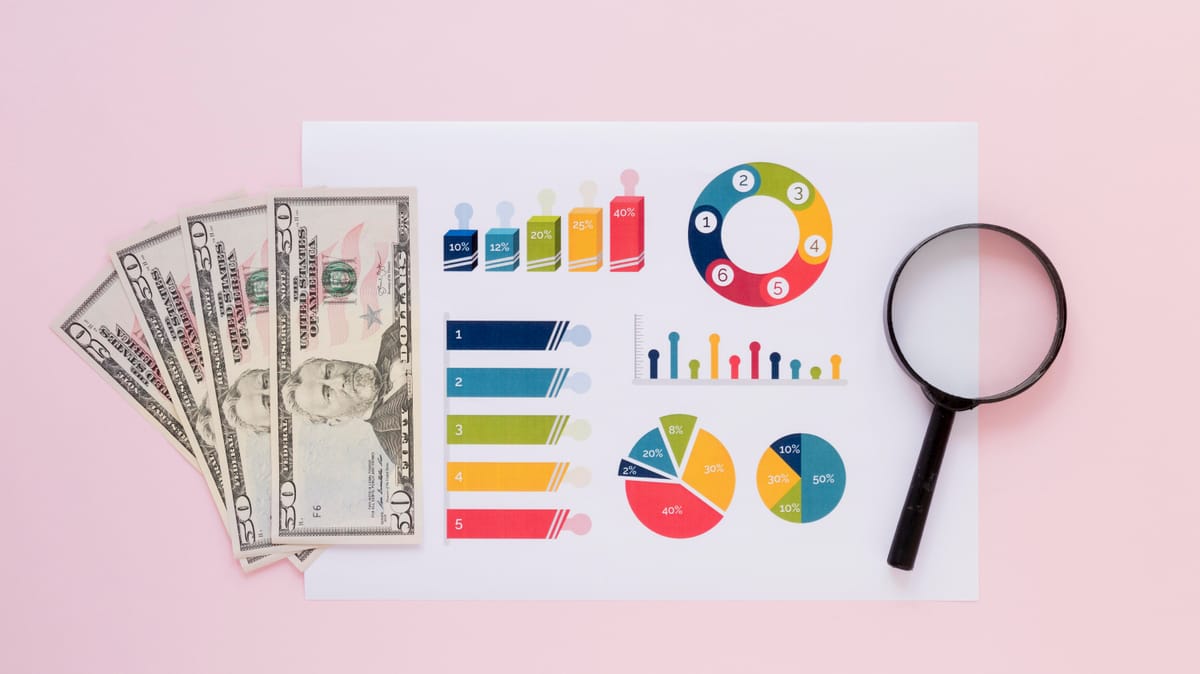Optimizing Pricing Strategies with Demand Modeling

Determining the right pricing strategy is a perennial challenge for businesses across industries. Price a product too high, and it risks losing customers to cheaper alternatives. Price it too low, and you're leaving money on the table. This delicate balancing act highlights the importance of demand modeling in developing an optimal pricing approach.
At its core, demand modeling uses data analysis and predictive techniques to estimate how customers will respond to different price points for a product or service. By understanding the relationship between price and demand, companies can set prices that maximize revenue, profit margins, or market share – whichever objective aligns with their overarching strategy.
The Different Types of Demand Models
There are several demand modeling techniques that analysts can employ, each with its own strengths and applications:
- Regression Analysis: This statistical method examines historical data on pricing and sales volumes to identify relationships and trends. It allows extrapolating to predict future demand based on price fluctuations.
- Choice Modeling: This approach analyzes consumer preferences and trade-offs using techniques like conjoint analysis and discrete choice experiments to determine which product attributes, including price, drive purchase decisions.
- Machine Learning Models: Advanced algorithms like neural networks and random forests can be trained on large datasets to detect complex, non-linear patterns between pricing and demand that may escape traditional methods.
- Diffusion Models: Useful for new product launches, diffusion models track how pricing influences the rate of adoption over the product life cycle across different customer segments.
The optimal approach often combines multiple modeling techniques to capture a comprehensive, multi-dimensional view of demand patterns.
Key Benefits of Demand Modeling
Beyond simply setting the "right" price, demand modeling provides businesses with critical insights, including:
- Price Elasticity Mapping: Models uncover how sensitive customers are to price changes for different products or segments, allowing smarter adjustments.
- Competitive Price Intelligence: Incorporating competitor pricing and elasticity data enables simulations to predict market share impacts of new pricing strategies.
- Granular Segmentation: Advanced models identify highly granular customer micro-segments exhibiting distinct pricing preferences.
- Omnichannel Optimization: With a unified analytical view of demand across channels, pricing can be harmonized for consistency.
- Promotional Planning: Models quantify incremental sales from promotions to set timing, depth, and duration for maximum impact.
- Product Line Optimization: Simulating cross-price elasticities illuminates where to position price gaps across a product portfolio.
Putting Demand Modeling into Action
Rather than relying on intuition, at Rwazi we advocate taking a data-driven approach to pricing strategy grounded in demand modeling. A powerful example is our work with a multinational beverage company seeking to expand its premium juice line.
Faced with varying local tastes and price sensitivities across markets in Africa, our data science team built a sophisticated machine learning model to simulate demand responses to different pricing and packaging scenarios.
The model was trained on three years of historical data spanning production costs, promotional calendars, retail audits, pricing studies, and customer surveys. Key variables captured included household income levels, willingness-to-pay, competitor activity, seasonality factors and more.
Our pricing simulations quantified the expected sales impact and achievable margins based on various scenarios -- from premium positioning to mass market play. The model's prescriptions enabled the client to set localized pricing tailored to price elasticities in each regional market.
Continuous model refinements incorporating ongoing A/B testing results further optimized the rollout. Within one year, the juice line had expanded to six new countries at price points maximizing profitability objectives. Revenue from the premium segment rose 35%.
Demand modeling takes pricing strategy from art to science. By leveraging data-driven intelligence, it elevates pricing from a guessing game to a reliable growth driver rooted in analytical rigor and market realities.




